RESEARCH-GRADE WEARABLE SENSORS
THE OPAL
a research-grade wearable sensor built for ultimate control
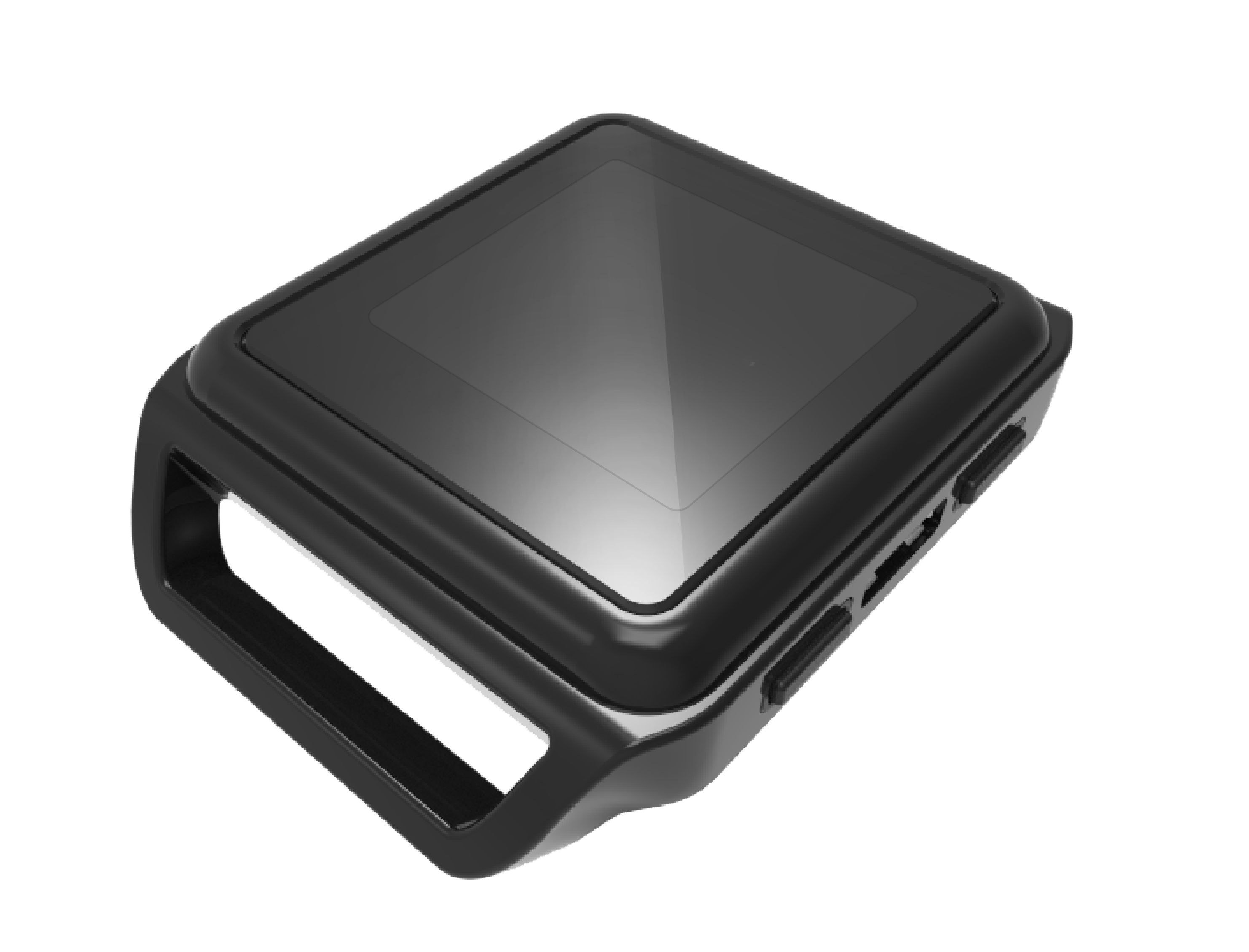
• High sampling rate
• Stream to MATLAB, Java, Python, C
• Access raw kinematic data
• Sync with other systems
• 8hr-4day battery life
• Up to 24 Opals on one network
• Stream or log data
• Gyroscope + accelerometer
FOUNDATIONAL TECHNOLOGY
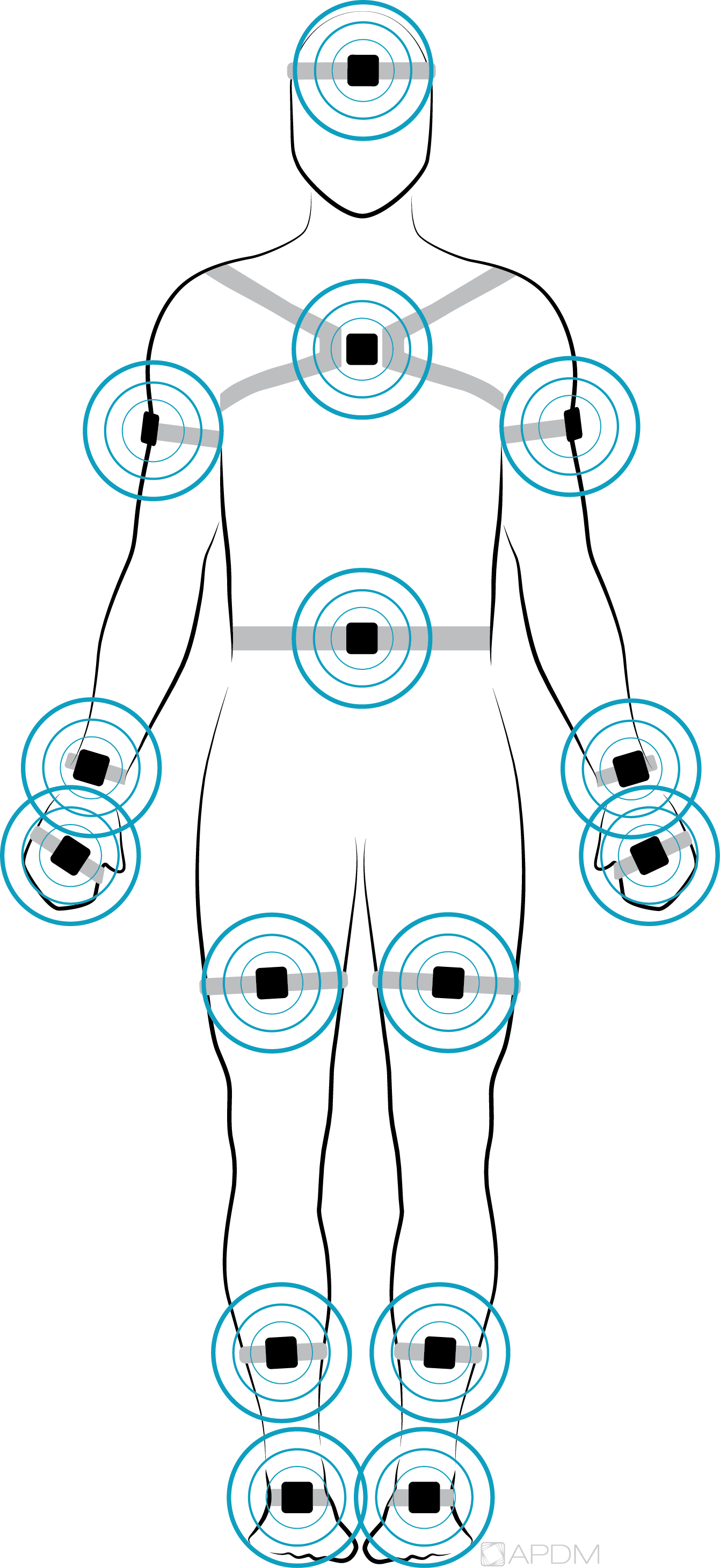
The Opal is the foundational technology in all of our solutions.
While you can customize a system of any size, we have some standard solutions to choose from:
Motion Studio: This is our free data acquisition software, perfect for those who want to develop their own protocols and algorithms. Keep scrolling to learn more about this solution.
Mobility Lab: This is for those who want to measure spatial/temporal gait and balance. By far our most popular system, find out more in the Gait & Balance tab above.
Moveo Explorer: Our newest product, it is for those who want to measure full body kinematics in unconstrained environments. Interested in automated joint angle analysis? Learn more in the Kinematics tab above.
OPAL VIDEO
PUBLICATIONS
PUBLICATIONS
Opal Wearable Sensors have been featured in hundreds peer reviewed publications.
RECORDING MODES
STREAM
Stream data in real time to a local computer
LOG
Log data on board each Opal and download later
TECH SPECS
Sensor Characteristics
| Accelerometers (2) | Gyroscope | Magnetometer | |
|---|---|---|---|
| Axes | 3 axes | 3 axes | 3 axes |
| Range | ± 16g, ± 200g | ± 2000 deg/s | ± 8 Gauss |
| Noise | 120 μg/√Hz, 5 mg/√Hz | 0.025 deg/s/√Hz | 2 mGauss/√Hz |
| Sample Rate¹ | 20 to 128 Hz | 20 to 128 Hz | 20 to 128 Hz |
| Bandwidth | 50 Hz | 50 Hz | 32.5 Hz |
| Resolution | 14 bits, 17.5 bits | 16 bits | 12 bits |
¹ Adjustable, up to 24 Opals
Hardware Characteristics
| Dimensions | 43.7 x 39.7 x 13.7 mm (LxWxH) |
| Weight | < 25 grams (with battery) |
| Material | Polycarbonate, Glass |
| Internal Storage | 8 Gb (~450h Storage) |
| Battery Life | Synchronous Logging: 12h, Asynchronous Logging: 16h |
Wireless Characteristics
| Wireless Radio | Nordic Semiconductor nRFL01 + radio, ultra low power |
| Frequency Band | 2.40-2.48GHz ISM band, adjustable |
| Data Rate | 2Mbps on-air data rate |
| Latency* | 300ms (typical) with data buffer |
| Transmission Range | 30m line of sight, 10m indoors |
| Data Buffer | 8Gb (~720 hours) |
| Synchronization | ≤1ms difference, up to 24 Opals |
| Bluetooth^2 |
No |
| Wifi^2 |
No |
* Latency is defined as the time when sample is recorded on the Opal, to the time it is emitted from the host libraries. Our latency includes the hardware, firmware, USB and host library stack.
Both WiFi and Bluetooth use too much energy to be used in small wireless system like the Opal. Our battery life would significantly decrease if we chose to support these wireless protocols, even Bluetooth low energy. Other low power radios, like Zigbee, do not have the bandwidth required to transmit 10 data channels.
Orientation Estimates
| Static Accuracy (Roll/Pitch) | 1.15 deg |
| Static Accuracy (Heading) | 1.50 deg |
| Dynamic Accuracy | 2.80 deg |
Access Point
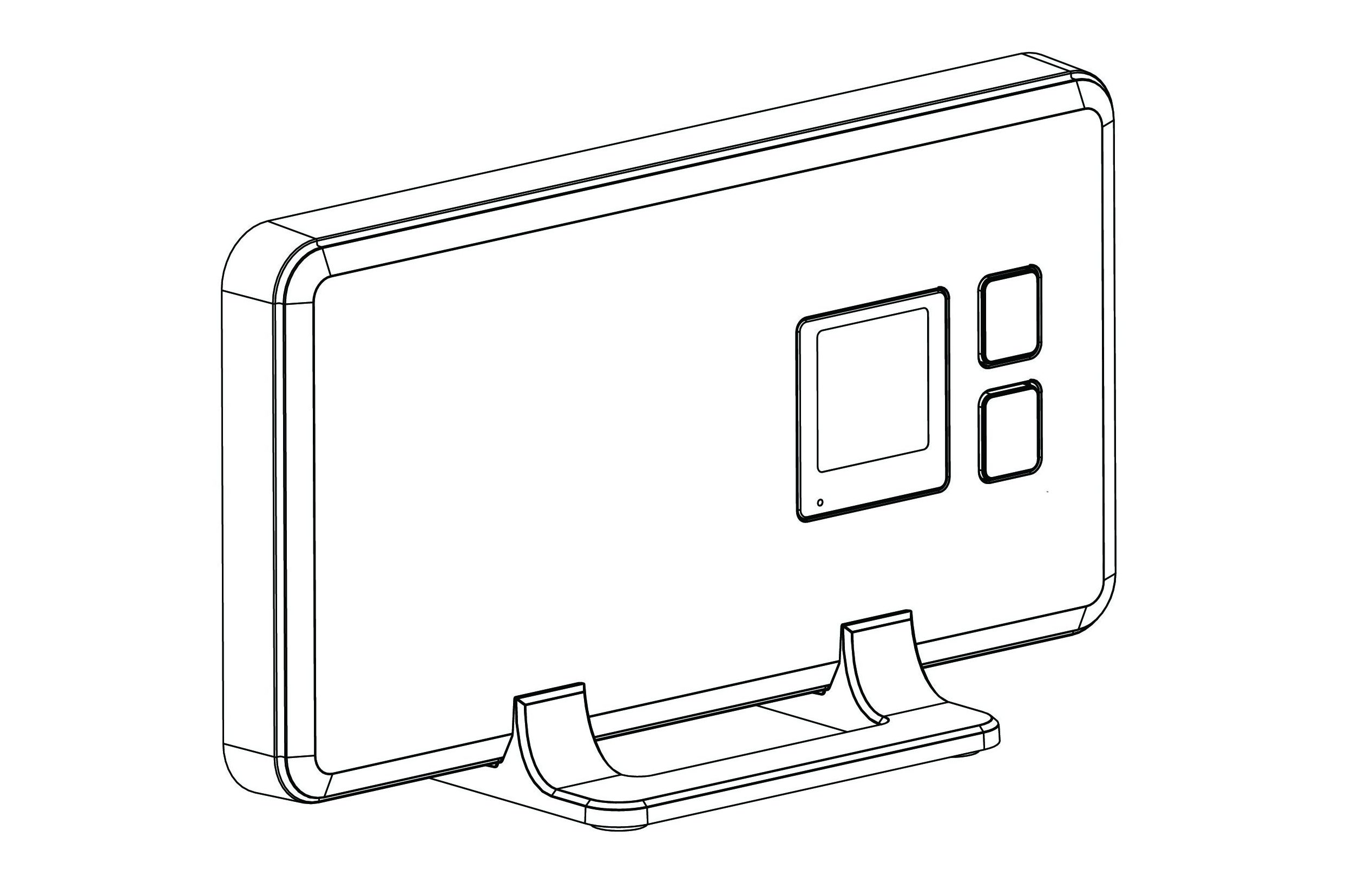
The Access Point is the wireless communication hub between the host computer and Opal wearable sensors.
Docking Station
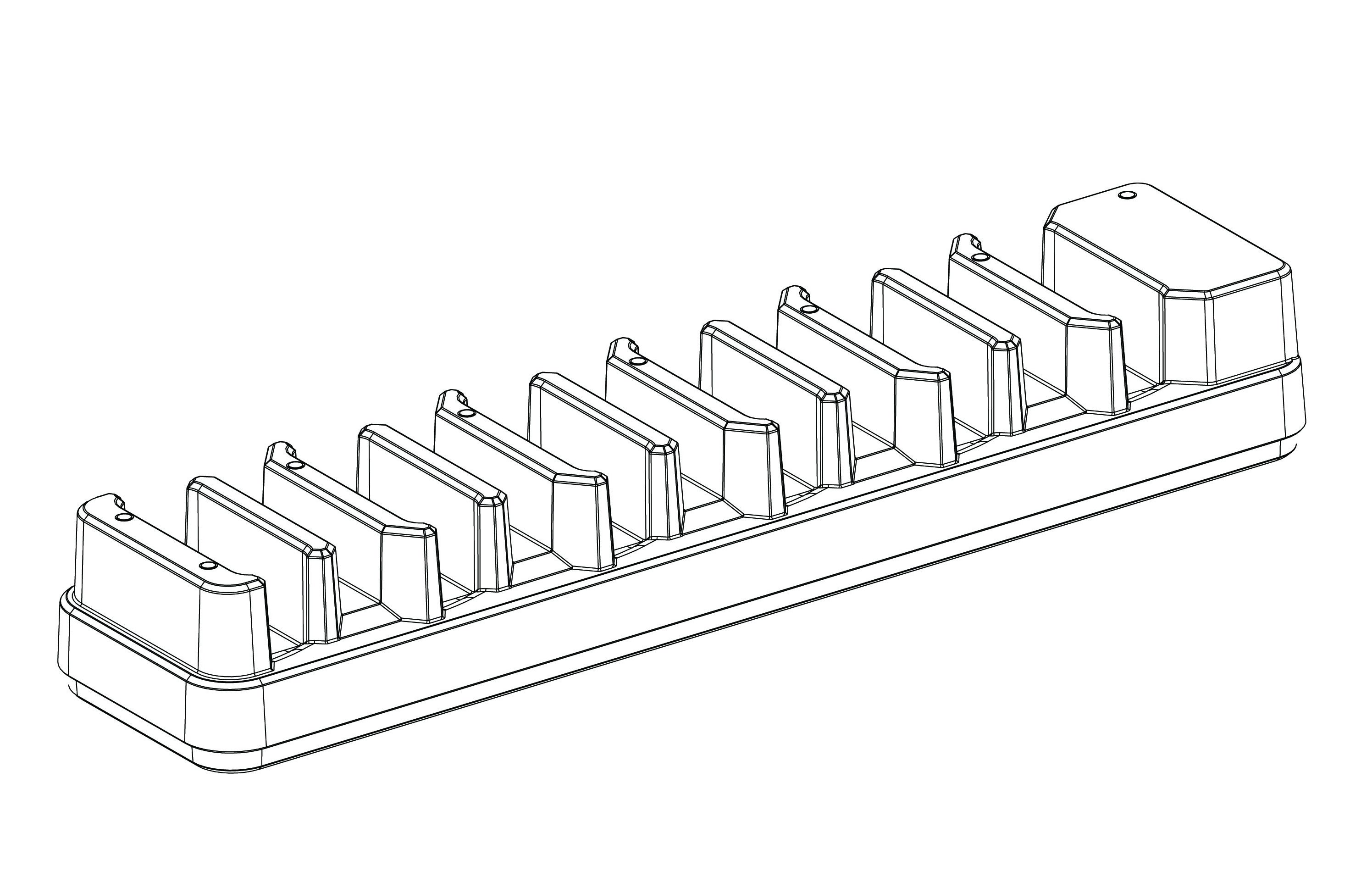
The docking station is used to configure, charge, and download any logged data from our wearable sensors.
Sensor Straps
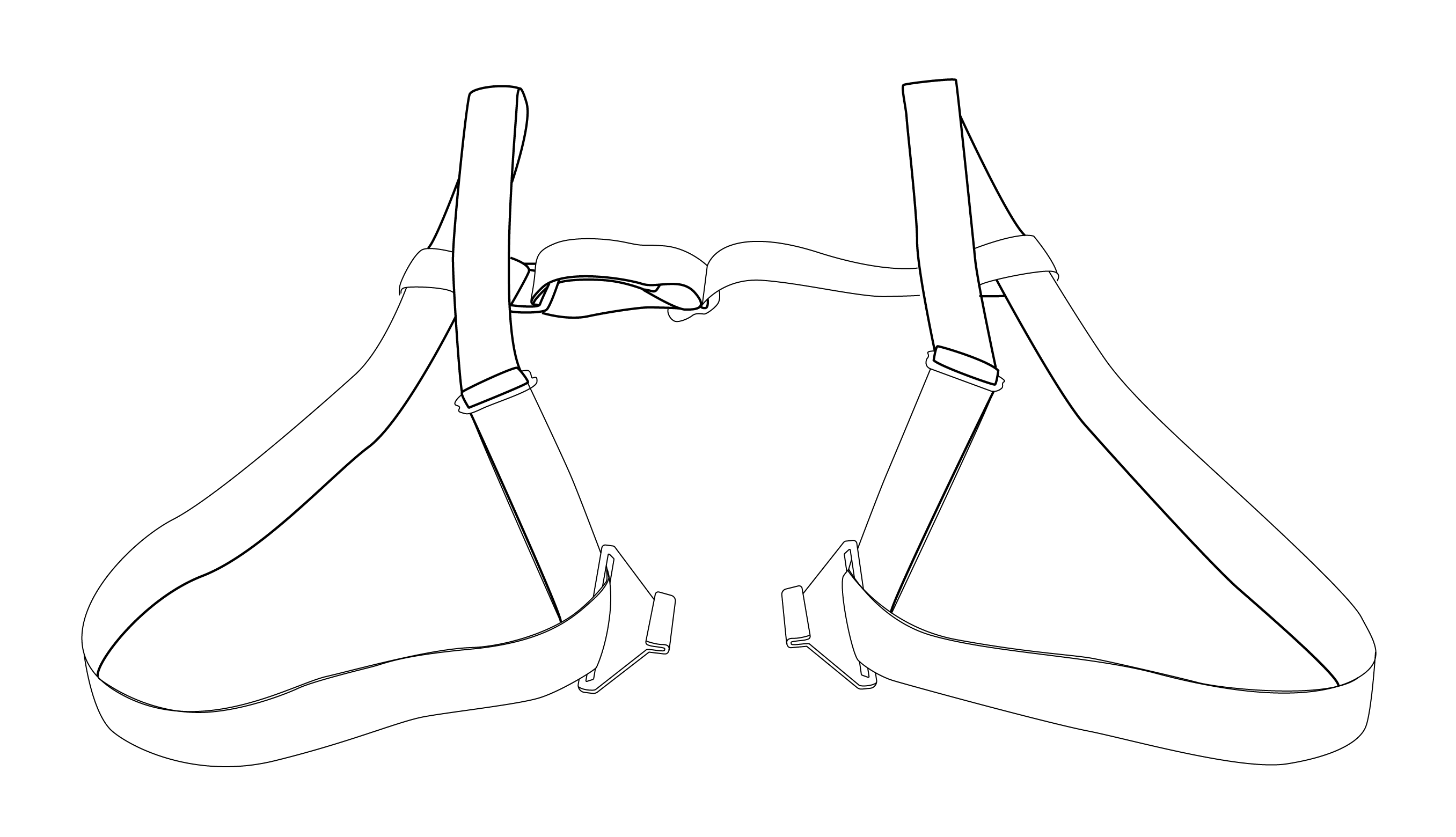
We offer multiple elastic straps that adjust to fit every body size.
Motion Studio

Motion Studio is the default software suite bundled with any purchase. It also provides advanced configuration, recording, real-time visualization, calibration, and data management features.
Mobility Lab
Mobility Lab is a portable gait and balance system that provides sensitive, valid, and reliable outcome measures.
Master Synchronization
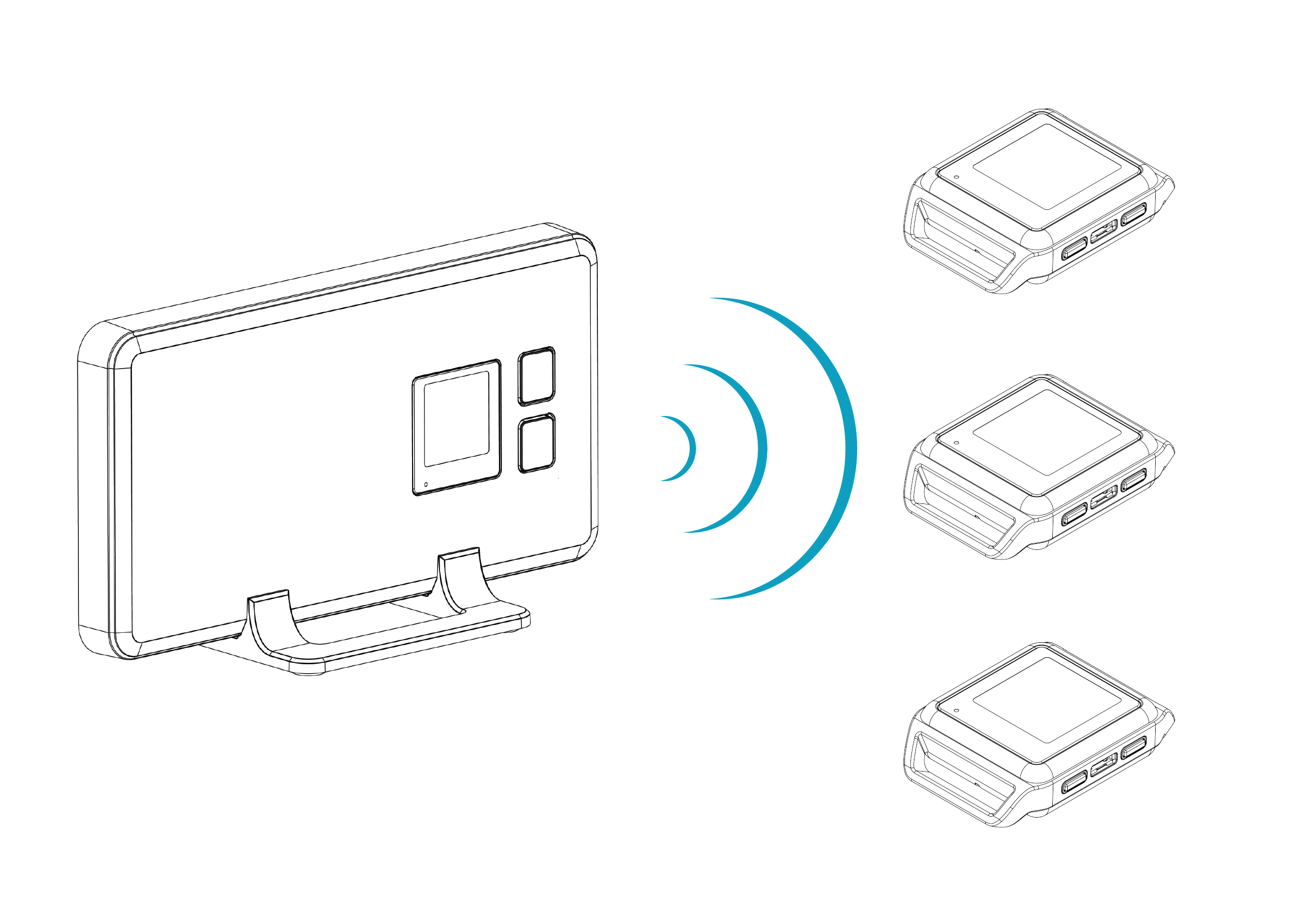
In a master wireless synchronization scheme, up to 24 Opals in a wireless network transmits kinematic data wirelessly to one or more access point. One of the access points, which is identified during configuration, becomes the master timing source for the entire network. The access point synchronization signal is used to precisely time the transmission of a synchronization data packet. This data packet is transmitted at the exact same time by all access points and is received by all Opals in the wireless network.
Mesh Synchronization
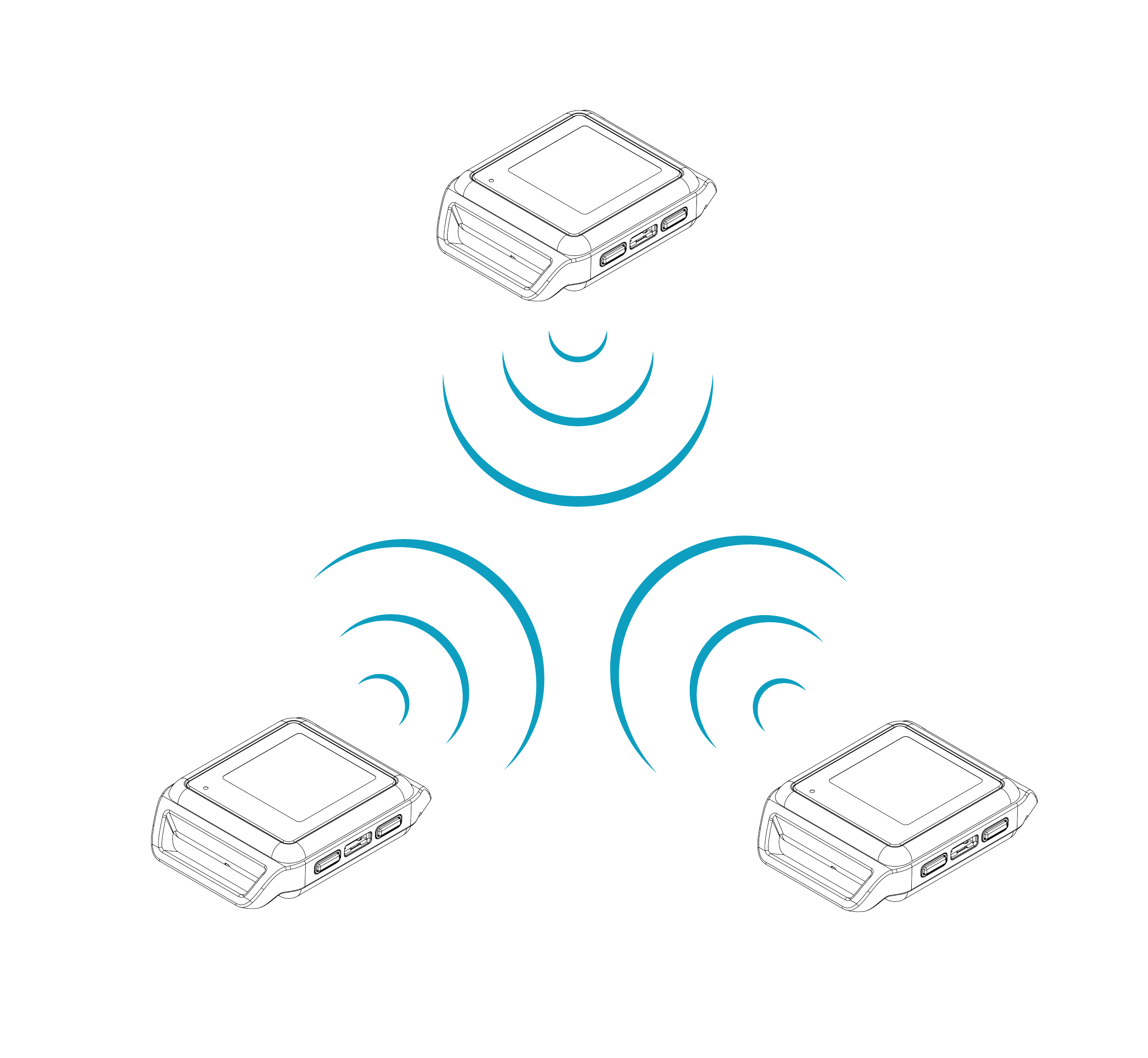
In the mesh synchronization scheme, there is no master time source. Instead, each device in the network sends a synchronization packet during its prescribed time slot, enabling each device to compare its clock against the clock of each of the other Opals in the wireless network. This comparison allows each Opal in the mesh to create a statistical model of the network time-a distributed statistical clock model-and of its own clock relative to the network time.
Third-Party Synchronization
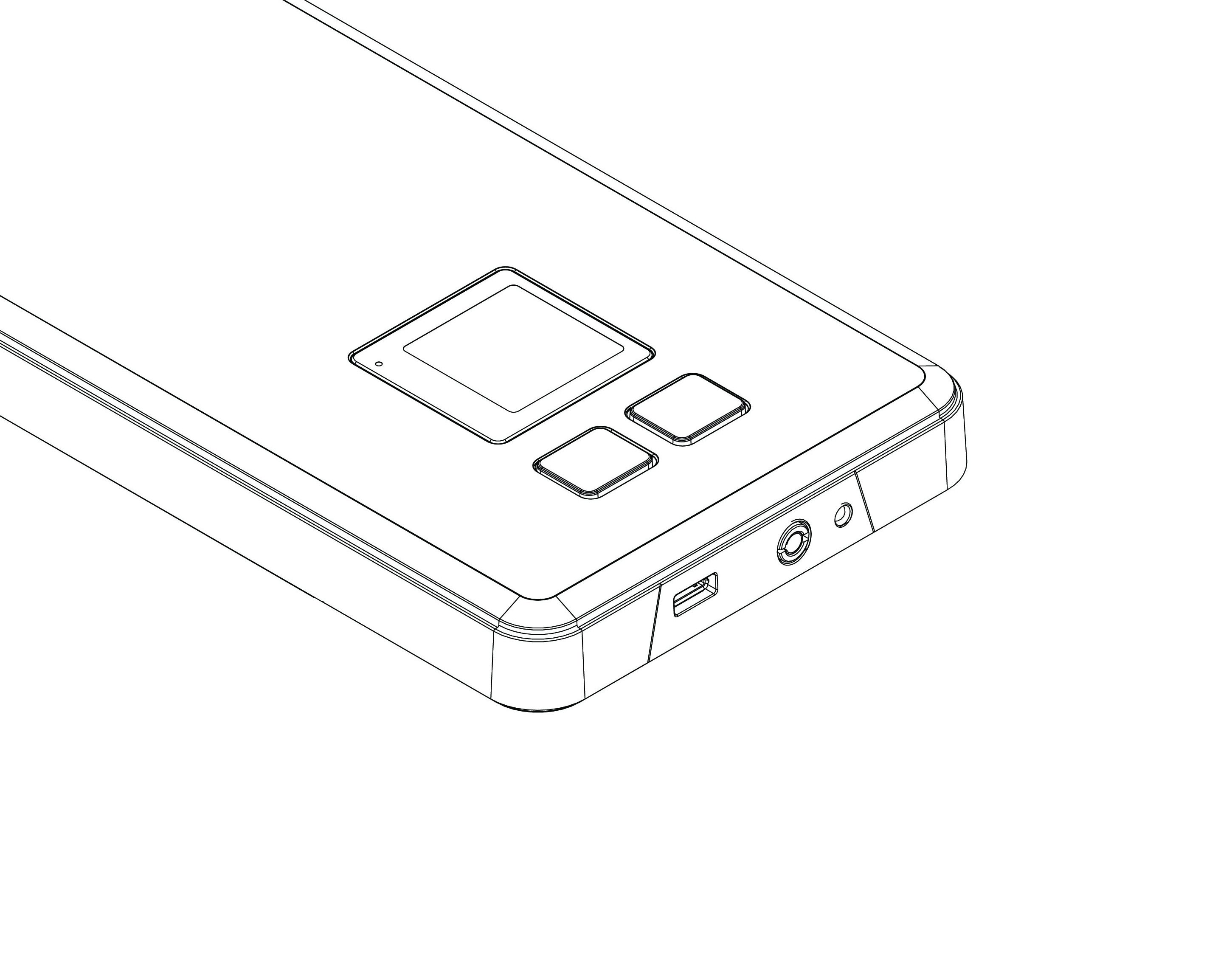
You can easily synchronize your Opal inertial measurement units with third-party systems, such as optical motion capture systems, EMG, or gait mats. Access Points come fitted with a 6 pin digital I/O connector and a 4 pin analog I/O connector.
SUGGESTED PACKAGES
MOTION STUDIO
1 Hand • 1 Wrist • 1 Upper Arm • 1 Sternum
2 Foot • 2 Upper Leg • 2 Lower Leg • 1 Lumbar
2 Hand • 2 Wrist • 2 Upper Arm • 1 Head • 1 Sternum • 1 Lumbar • 2 Upper Leg • 2 Lower Leg • 2 Foot
Custom Opal package to fit your needs





